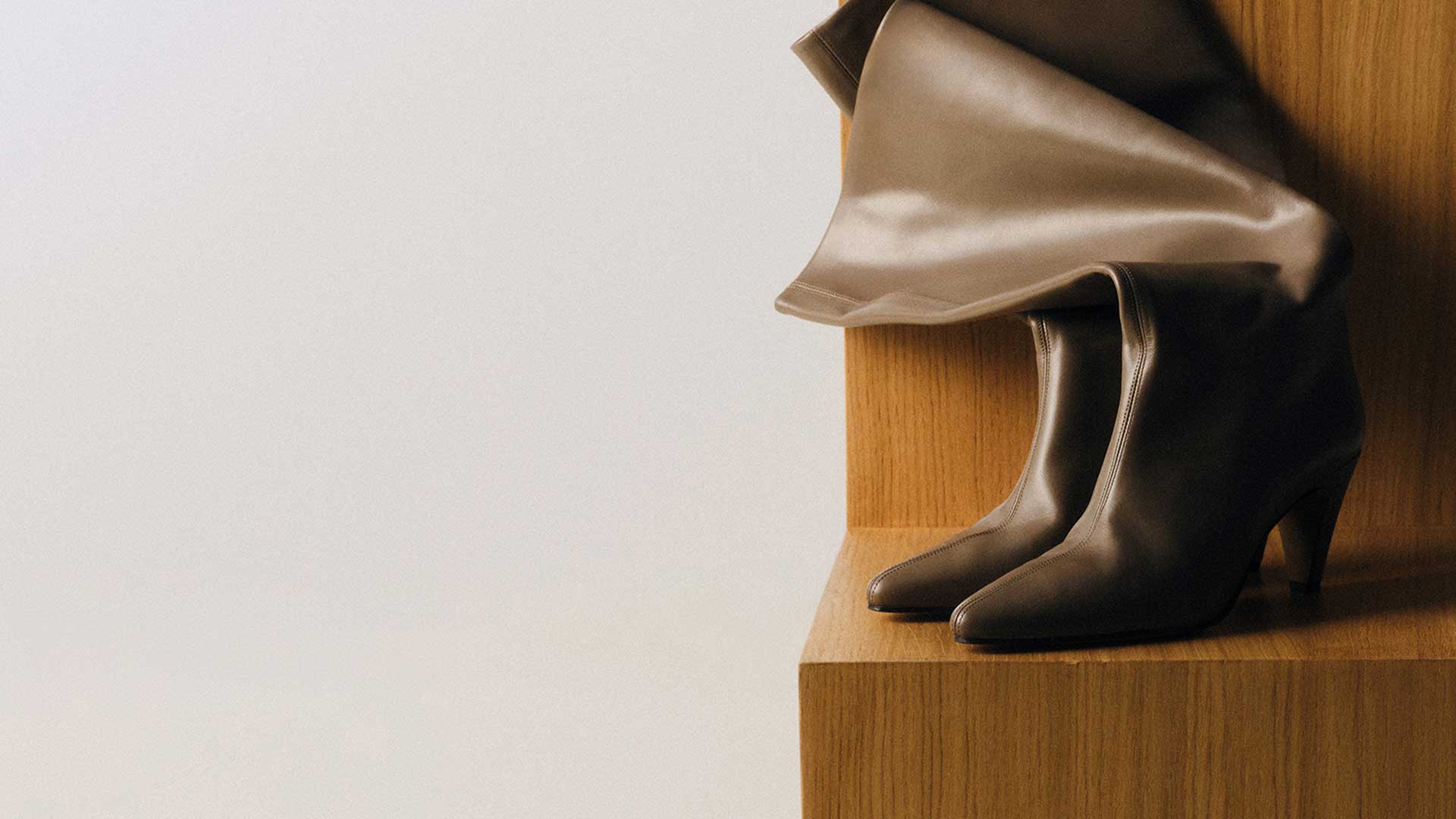Our more
responsible
materials
responsible
materials
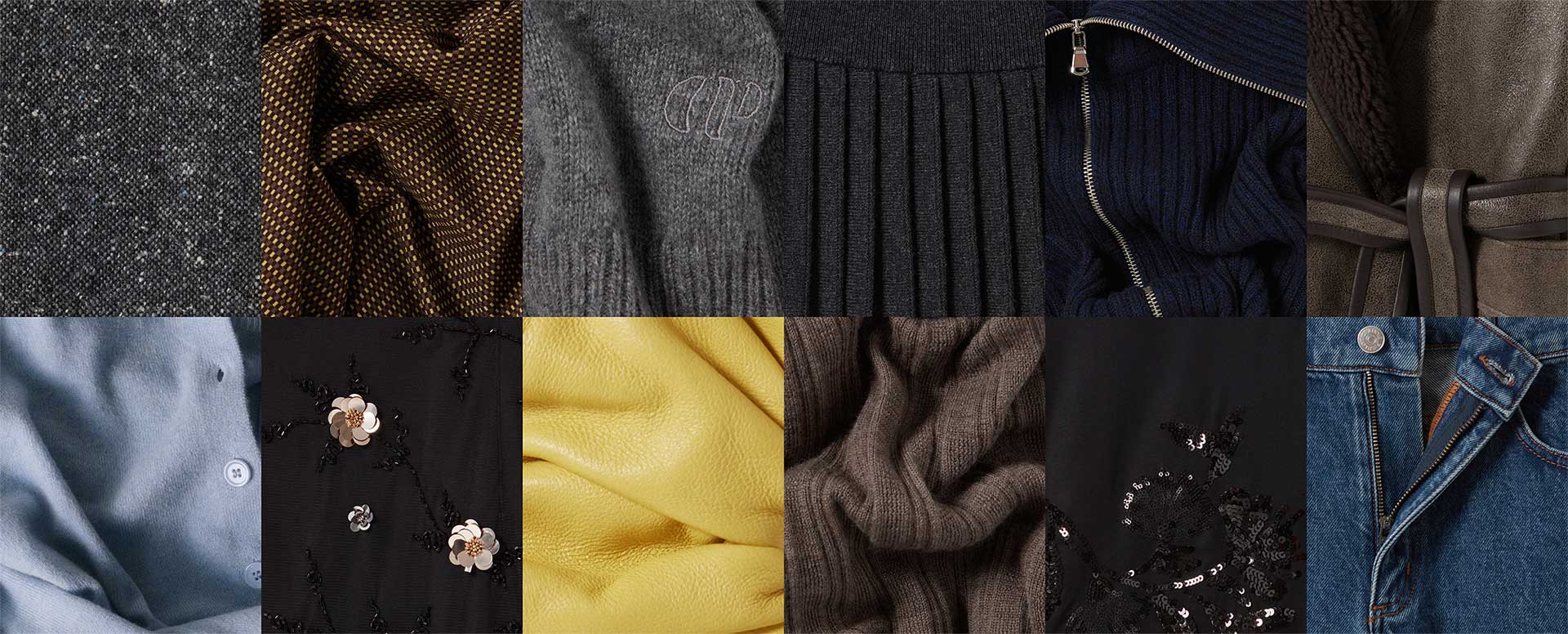
Materials
Our commitment is clear: to offer materials that are respectful of people, long-lasting, high-quality, and have less impact on our environment.

The cultivation or extraction of our raw materials, their transformation into thread and fabric, and then their dyeing are responsible for most of the environmental impacts connected with what we do.
This issue is a priority in our approach to sustainable development.
We base the criteria for our Claudie Cares project on selecting independent labels, materials or manufacturing techniques whose environmental benefits have been demonstrated through factual and publicly available evidence. All our Claudie Cares products are, therefore, designed to be more responsible by respecting one of these criteria:
We base the criteria for our Claudie Cares project on selecting independent labels, materials or manufacturing techniques whose environmental benefits have been demonstrated through factual and publicly available evidence. All our Claudie Cares products are, therefore, designed to be more responsible by respecting one of these criteria:
+
50%
Over 50% of its main material must be organically grown, recycled or meet ecosystem preservation criteria (forests, pastures, etc.)
Leather tanneries
Through the work of the Leather Working Group, Leather tanneries are audited and required to comply with industry best practice on environmental issues.
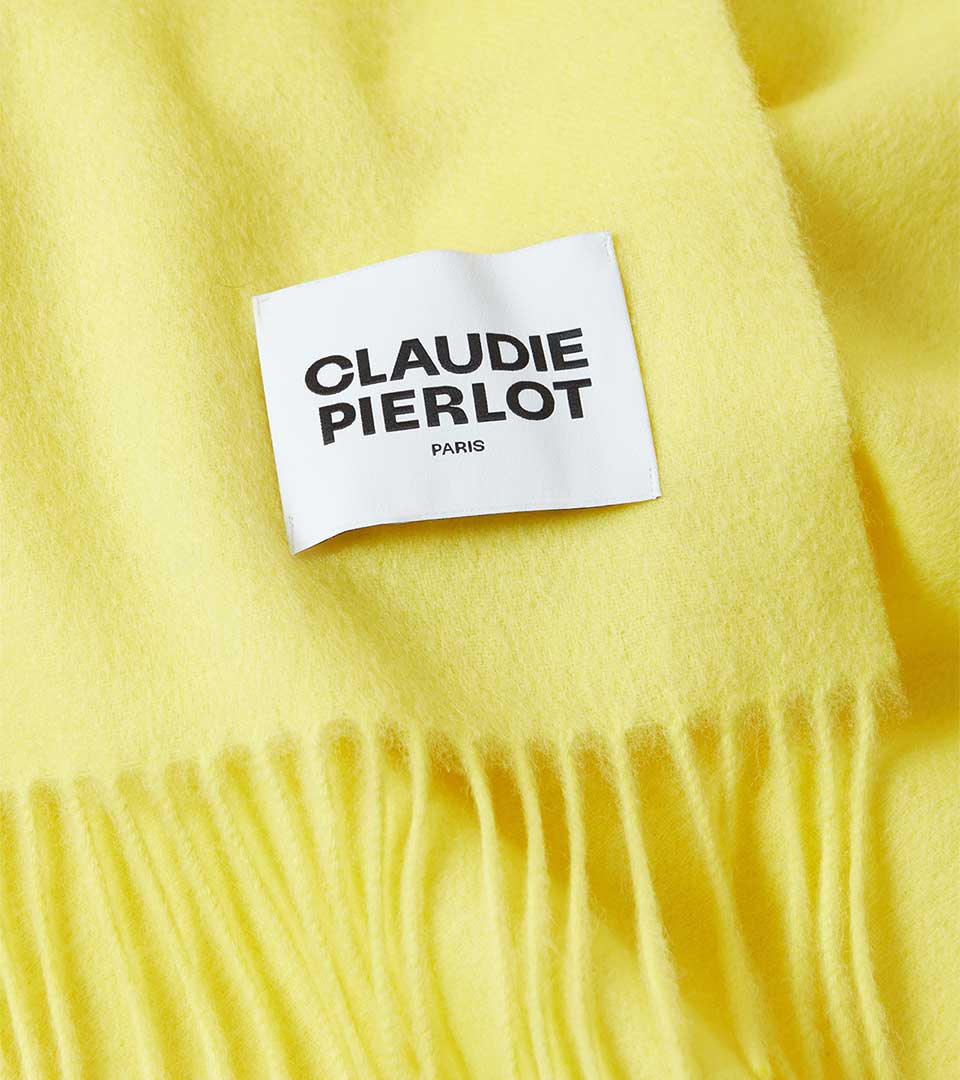
Garment production accounts for over 80% of our carbon footprint, in addition to other environmental issues such as animal welfare and the impact on biodiversity and recyclability.
We're well aware of the impact our industry has on the societies and communities we work with, so we decided to step up our efforts by launching the Claudie Cares sustainable development programme.
We're not perfect, and there's still a long way to go. However, thanks to our work on this programme since 2019, we can now proudly share the first results of our efforts with you.
We're not perfect, and there's still a long way to go. However, thanks to our work on this programme since 2019, we can now proudly share the first results of our efforts with you.
From 2019
to 2024
to 2024
82%
of our collections are made with raw materials at, least 50% of which are certified by independent labels.
100%
of our jeans have been made from organic or recycled cotton since Winter 2020.
100%
of our leathers are LWG certified because we use leathers from tanneries that comply with industry best practice regarding the environment (water, electricity, chemicals, etc.).
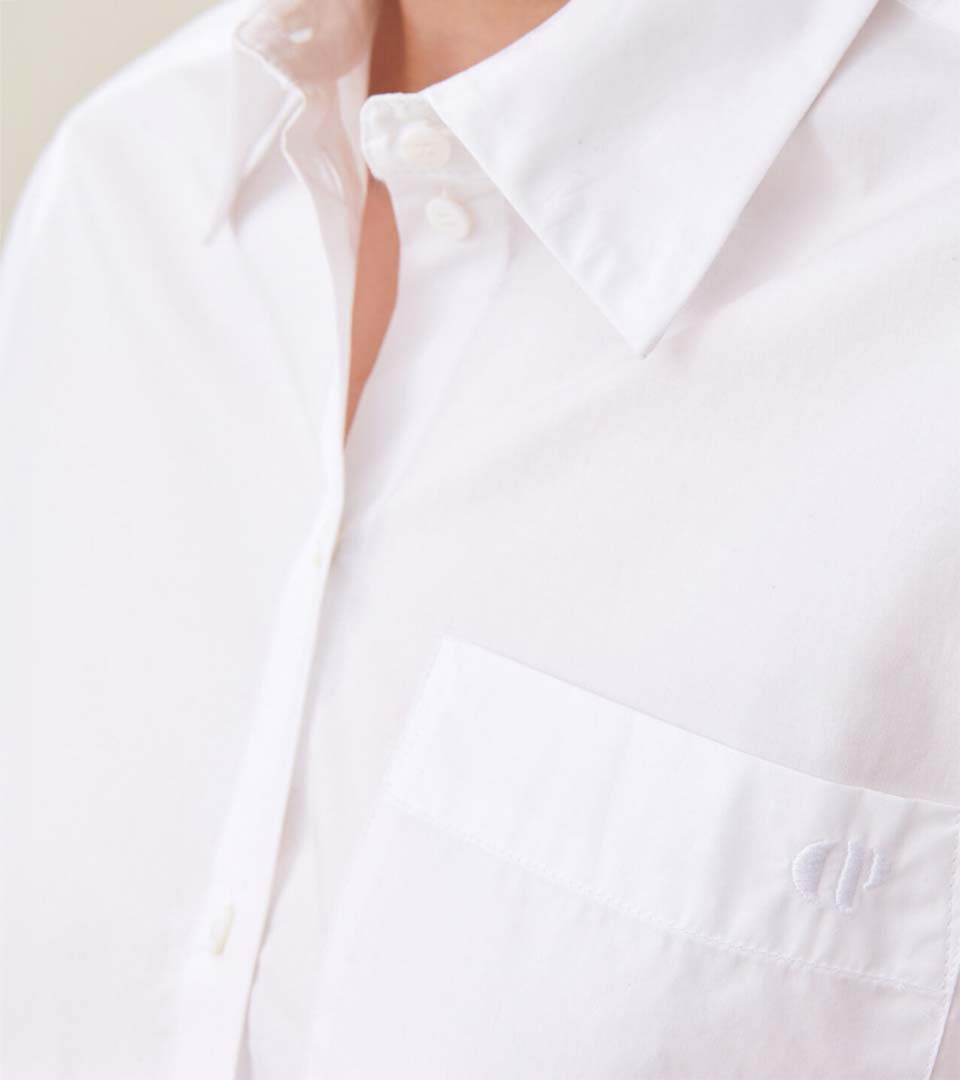
Our more responsible materials
COTTON
85% of the cotton used in the main materials of our Spring-Summer 2025 collection will be certified (GOTS, OCS, GRS, or RCS) and will either be organically farmed or recycled.
Using cotton produced organically and certified according to the GOTS or OCS standards is a choice that is ethical, humane and environmentally friendly. From seed to harvesting the flower, it is grown without pesticides, insecticides or chemical fertilisers and without GMOs. Its cultivation respects ecosystems, does not deplete the soil, consumes less water than conventional cotton and is not toxic for producers.
Using cotton produced organically and certified according to the GOTS or OCS standards is a choice that is ethical, humane and environmentally friendly. From seed to harvesting the flower, it is grown without pesticides, insecticides or chemical fertilisers and without GMOs. Its cultivation respects ecosystems, does not deplete the soil, consumes less water than conventional cotton and is not toxic for producers.
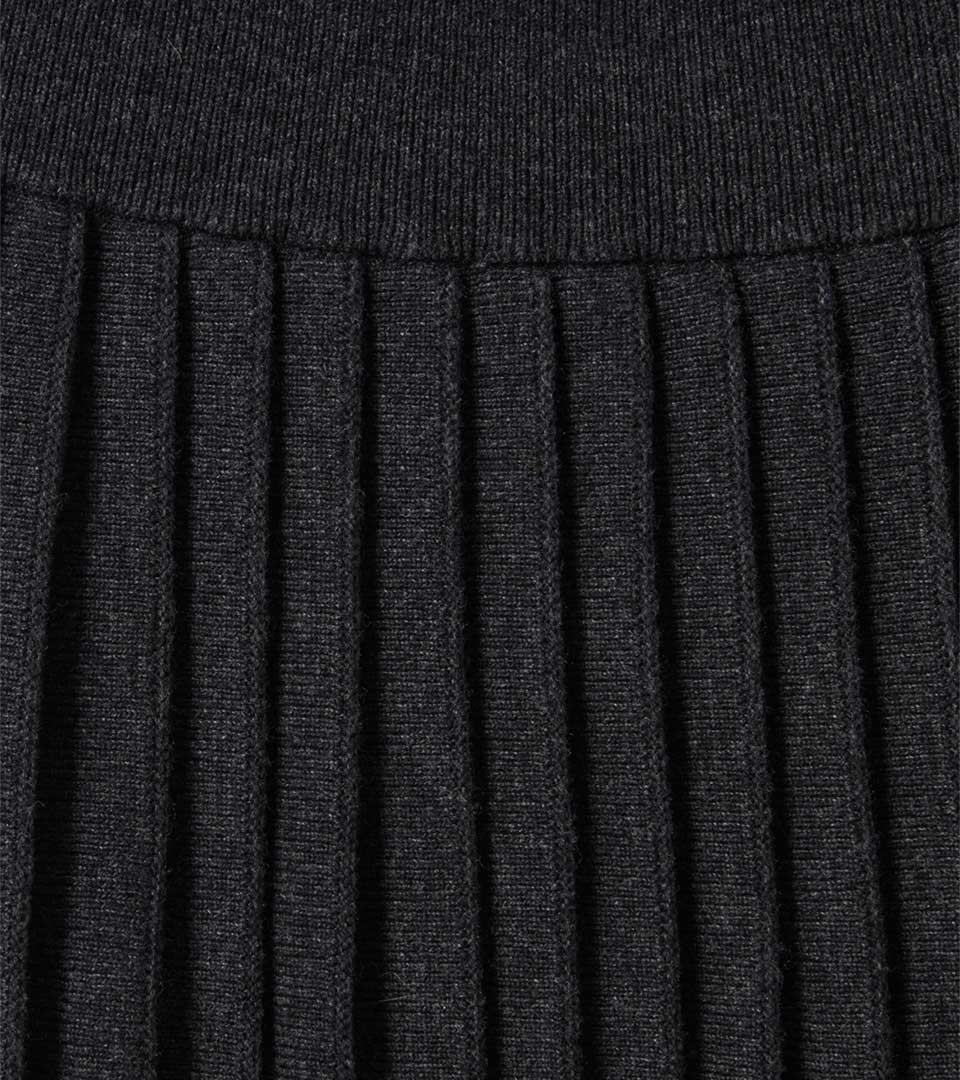
Our more responsible materials
WOOL
83% of the wool used in the main materials of our Spring-Summer 2025 collection will be certified (RWS, OCS, or GRS).
Using certified wool helps preserve ecosystems, as it involves grazing that is mindful of the soil, biodiversity, and animal welfare. These labels are the Responsible Wool Standard (RWS) for sheep's wool and the Responsible Mohair Standard (RMS) for mohair wool.
Using certified wool helps preserve ecosystems, as it involves grazing that is mindful of the soil, biodiversity, and animal welfare. These labels are the Responsible Wool Standard (RWS) for sheep's wool and the Responsible Mohair Standard (RMS) for mohair wool.
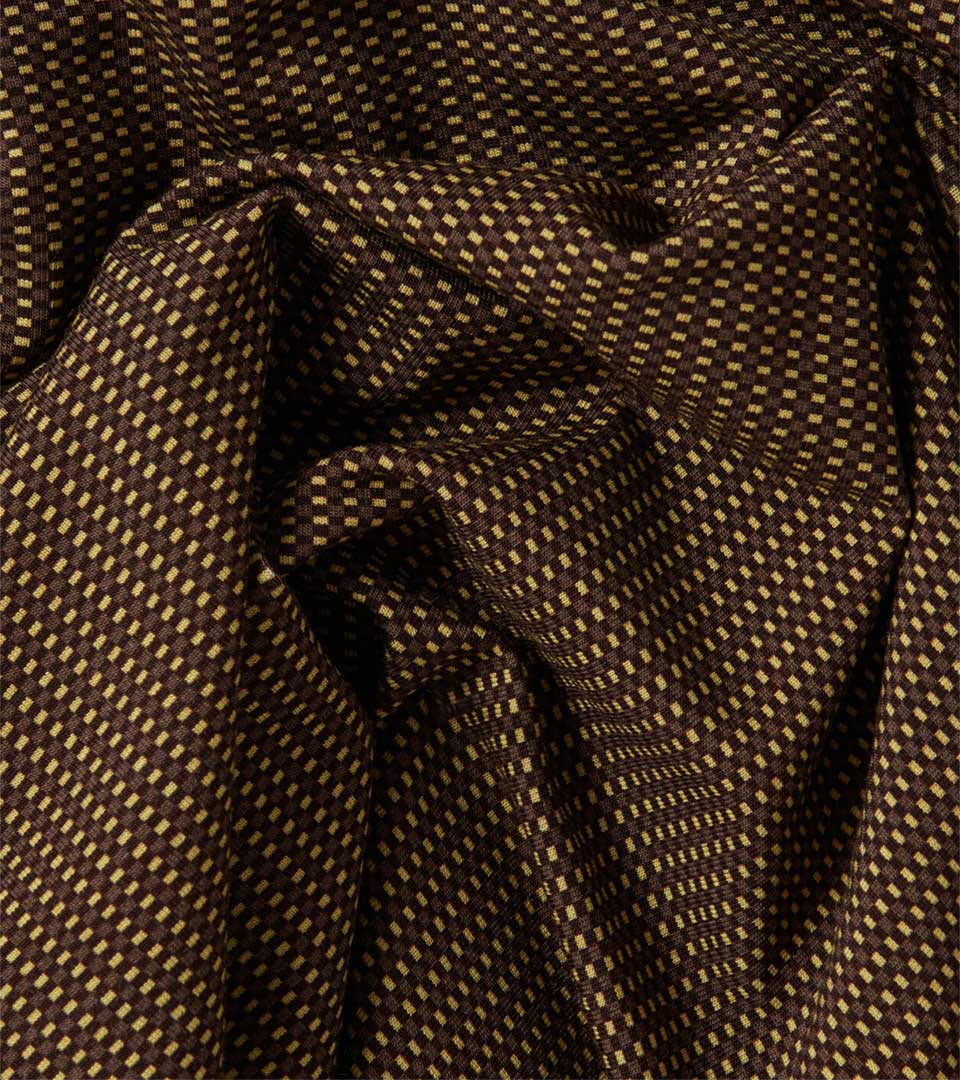
Our more responsible materials
VISCOSE
66% of the viscose used in our main materials for the Spring-Summer 2024 collection will be certified (Ecovero™, Enka®, Livaeco™, FSC®), in line with our commitment to combat deforestation.
Certified viscose, acetate and triacetate are made from wood cellulose that comes from sustainably managed forests. This forest management model ensures respect for biodiversity and indigenous populations and the implementation of anti-deforestation measures.
Some certifications also guarantee more virtuous management of the chemicals and water used in processing this material.
Certified viscose, acetate and triacetate are made from wood cellulose that comes from sustainably managed forests. This forest management model ensures respect for biodiversity and indigenous populations and the implementation of anti-deforestation measures.
Some certifications also guarantee more virtuous management of the chemicals and water used in processing this material.
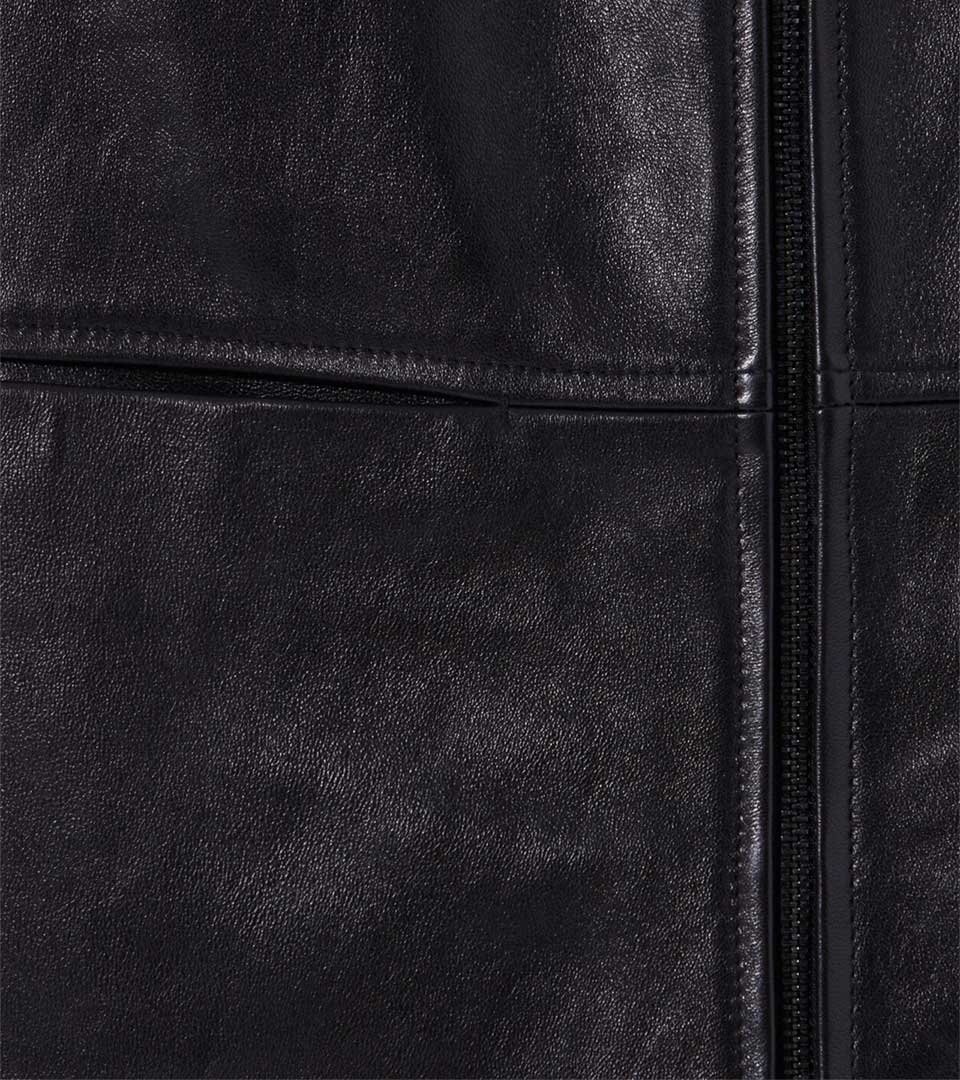
Our more responsible materials
LEATHER
100% of the leather used in our main materials comes from LWG-certified tanneries.
All our leather products have been made using leather from certified tanneries since 2023. While this has been the case for our ready-to-wear items since 2020, the transition took longer for our accessories (shoes and leather goods).
We are now members of the Leather Working Group (LWG), an initiative that certifies tanneries that meet industry best practice for water, energy and chemical use. All the leather used comes from tanneries certified Silver or Gold, the two most demanding levels of this certification.
All our leather products have been made using leather from certified tanneries since 2023. While this has been the case for our ready-to-wear items since 2020, the transition took longer for our accessories (shoes and leather goods).
We are now members of the Leather Working Group (LWG), an initiative that certifies tanneries that meet industry best practice for water, energy and chemical use. All the leather used comes from tanneries certified Silver or Gold, the two most demanding levels of this certification.
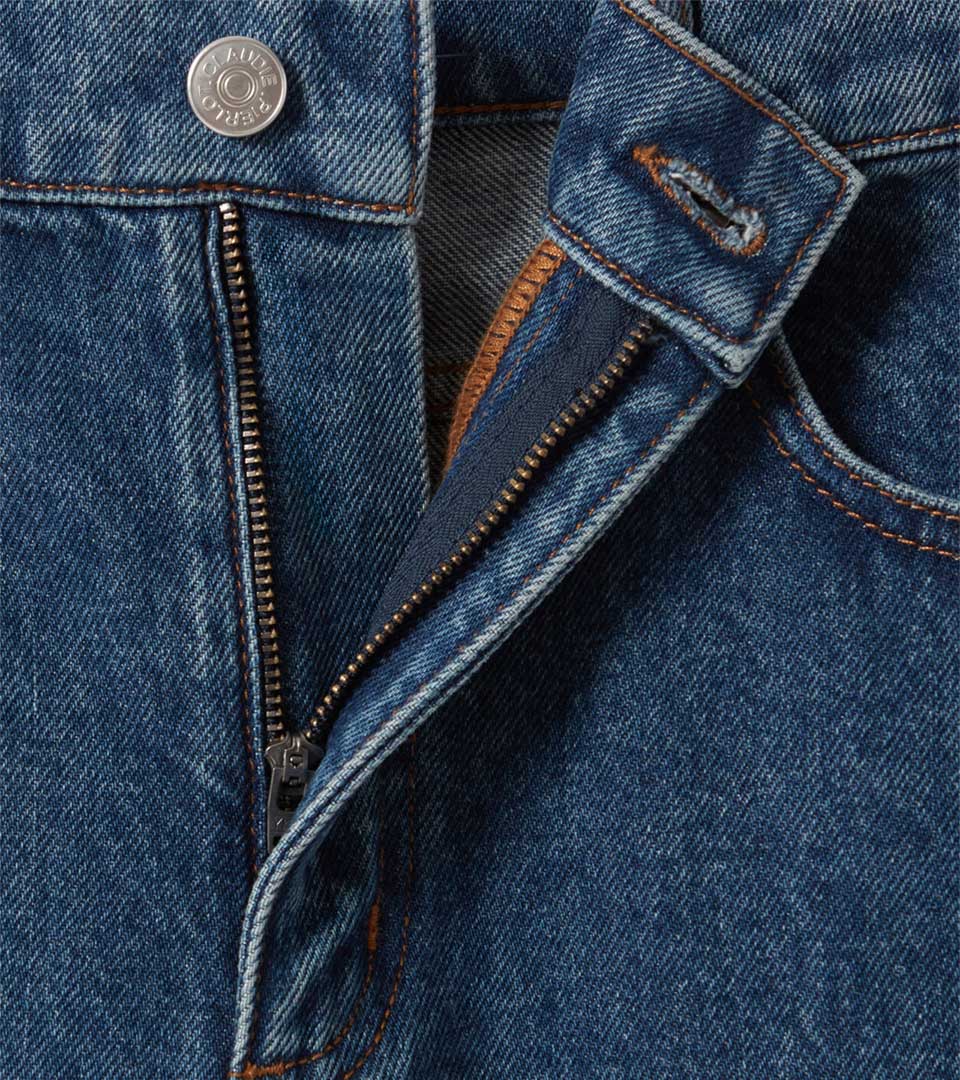
Our more responsible materials
RECYCLED
MATERIALS
MATERIALS
At Claudie Pierlot, we firmly believe that every choice counts, and that starts with the materials we use to create our collections. That is why we have made recycled materials a key component of our environmental commitment.
Why recycled materials? Every year, tonnes of textiles, plastics and other materials are thrown away, often after just one use. This waste ends up overloading landfill sites or polluting our oceans. We incorporate recycled materials into our products to give these materials a second life and reduce the environmental footprint of our collections.
For the Spring-Summer 2025 season, 10% of the materials used in our main fabrics will be recycled (GRS or RCS). We are continuing our efforts to integrate more responsible materials into our future collections while guaranteeing their longevity and elegance.
Why recycled materials? Every year, tonnes of textiles, plastics and other materials are thrown away, often after just one use. This waste ends up overloading landfill sites or polluting our oceans. We incorporate recycled materials into our products to give these materials a second life and reduce the environmental footprint of our collections.
For the Spring-Summer 2025 season, 10% of the materials used in our main fabrics will be recycled (GRS or RCS). We are continuing our efforts to integrate more responsible materials into our future collections while guaranteeing their longevity and elegance.
